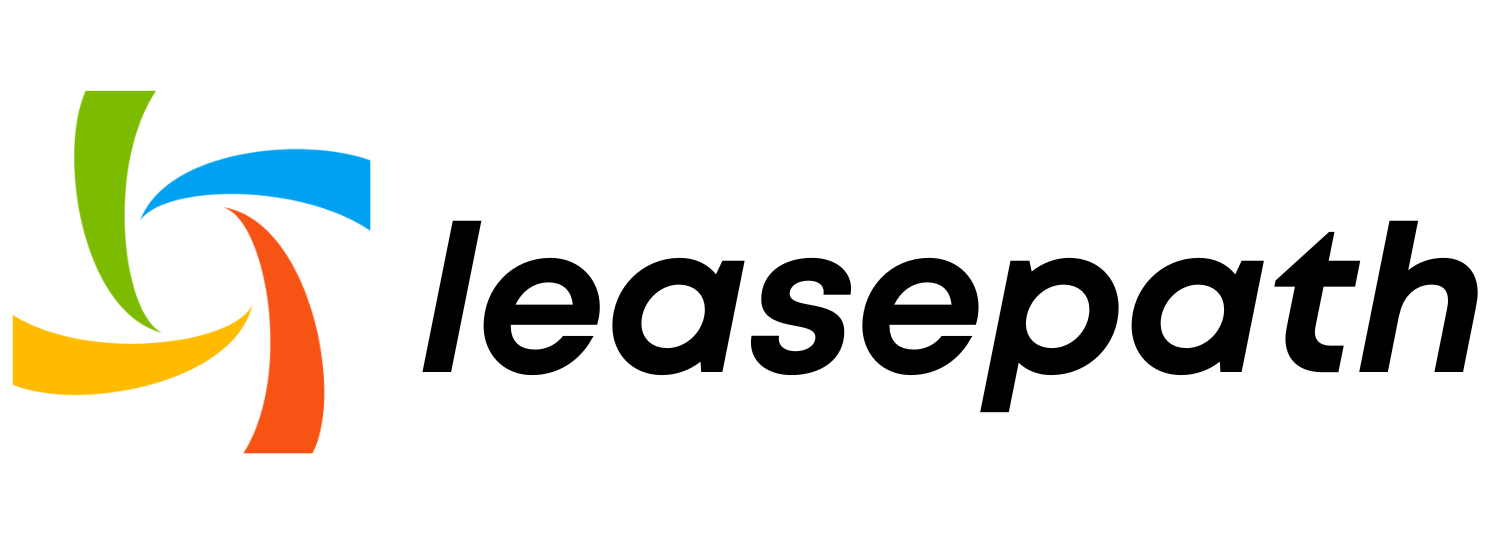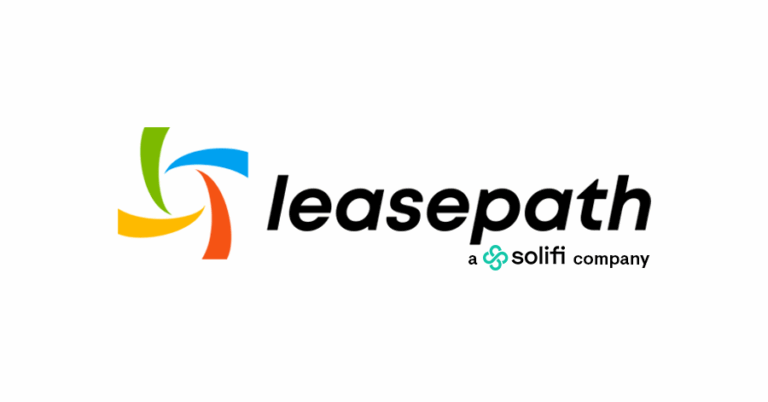By Deborah Reuben, CLFP
For more information about TomorrowZone and how they’re inspiring the next generation of innovation in the equipment finance industry, visit TomorrowZone.io.
In equipment finance circles, we’ve discussed digital disruption and the innovation imperative for a while. Disruption is one thing when it’s a deliberate innovation pursuit, but it can be devastating when unplanned. This year, COVID-19 disrupted us all in some way with immense pressure and intensity. Not only is the pace of technological change not slowing down, but the COVID-19 pandemic has accelerated an innovation imperative.
Now that we are disrupted, what do we do? Hope for a return to previous conditions? That’s not going to happen. With changing trends, behaviors and preferences posing new challenges, how do you respond?
Many organizations were transforming their business already before COVID-19 accelerated digital business’ pace across the globe. Some sped up efforts already underway; others implemented digital capabilities for the first time — for survival. No matter where you fall on the digital transformation spectrum, we all have one thing in common: We are dealing with a shifted business landscape.
Innovation Inflection Point
CB Insights[1] states it well: “In times of uncertainty, many companies are just looking for ways to survive — and can easily forget that doing so often requires thinking ahead, not just watching their backs. For lots of businesses, it’s now more important than ever to double down on innovation to create new products, develop better business models, or defend from scrappy competitors.”
Rafael Rosato, chief innovation officer at DLL, echoes this thinking: “The pandemic represents an inflection point in our global economy. It impacted everyone without prejudice. Innovation is about adapting to a changing environment, whether that be forces affecting customer experience, the value of products and services, or the means of operating your enterprise.” Savvy companies are not only accepting the change and dealing with the fires of today but turning their focus to thinking ahead. The radical shifts we see in the business landscape magnify the importance of building agility and nimble responsiveness into our organizations and our digital foundations.
“If innovation was not part of your strategic plan before the onset of COVID-19, your enterprise’s long-term relevance will depend on it,” Rosato says. “While we are optimistic that the world will emerge from this crisis, almost everything will be different in some way. Organizations that recognize this and adapt will find themselves in better positions, and those hoping for a return to the normalcy of the past will struggle.”
No Such Thing as Disaster Proof
The Choluteca Bridge in Honduras is a fitting metaphor for shifts happening today. How might we build something that can withstand devastating natural disasters like category five hurricanes? In Honduras, an area often hit by catastrophic hurricanes, the best and brightest engineers answered this essential question. They set out to build an engineering marvel, the Choluteca Bridge, to withstand the forces of deadly storms.
In 1998, when Hurricane Mitch hit the region, the bridge passed the test.[2] Other bridges throughout the nation were destroyed, but the Choluteca Bridge, despite sustaining minor damage, was still standing. It was an architectural and engineering success. However, the deluge of rain and severe flooding changed the river’s course — carving an entirely new path. The landscape upon which the sturdy bridge was built radically shifted. The powerful current and flood waters caused the river to flow around the bridge. A beautiful and sturdy structure was now left standing over an expanse of dry ground.
Great ideas, strong designs and sturdy structures can be rendered suddenly useless by swift and forceful change. Today, we face multiple forces of change. Technological, societal, economic and other developments are causing the landscape in which we do business to transform before our eyes. What is the path forward? How are we to think about this? How do we proceed?
Mapping a New Course
Recognize the change and challenge beliefs about how things are done. A year before COVID-19 hit, I was building the speaking aspect of my business. I was booked through 2020 to speak inside and outside of the equipment finance industry. When events started falling like dominoes, like so many others, I saw my speaking calendar instantly wiped out. It was hard. But, if I’ve learned anything from enduring numerous crisis situations, the one thing I know is wishing to go back is a waste of energy. The only way forward is to accept that things have changed, become curious about new possibilities and begin moving on.
Imagining six possible variations of the future helped me visualize how things could play out. This led to leaving the old plan behind to pursue a new business model. I can’t predict the future, but across each future I could see it was clear that going back to the old way was not an option. The landscape had shifted. That part of my business model was suddenly irrelevant, like Choluteca, a bridge to nowhere.
Digital is my turf; it’s my comfort zone. The technology was there already. It would have been awesome to pursue this shift earlier, but the problem with going digital-first pre-pandemic is that it was not everyone else’s comfort zone. Before COVID-19, many professionals did not believe that remote work and digital collaboration was practical or possible.
Fast forward through multiple mandatory lockdowns and shutdowns, and we suddenly see necessity become the mother of digital adoption. A McKinsey study states, “Crises are like adrenaline for innovation, causing barriers that once took years to overcome to evaporate in a matter of days. Entrenched orthodoxies on ‘the way things are done’ are replaced with ‘the new way we do things’ almost overnight.”[3]
Like the Choluteca River, the swift current of COVID-19-driven constraints, as well as consumer behavior, preference and digital adoption, altered the landscape, creating new possibilities for customer experience. Now without leaving my home, by leveraging “teleportation” rather than “transportation,” I have successfully led numerous virtual workshops with customers who previously believed that highly strategic and creative collaborations could only happen face to face.
Maintaining Agility
We must regularly test our assumptions and scan the horizon for signals that the business current is about to shift and look for new opportunities. Angela Armstrong, president at Prime Capital says, “We are at a crossroads, a decision point, where we decide to lean into this and look for opportunities. What is it that is compelling us to change? We can choose to get ahead of disruption and turn chaos into opportunity.”
Armstrong goes on to share the importance of choosing your lens: “What if we choose to view the shifting business landscape, the uncertainty of the current situation, as fertile ground for innovation? Yeah, it’s scary. But if we look, we may also see an opportunity. If we learn nothing else through COVID, one thing is sure: Things can change in a really short amount of time.”
Rigid structures and architectures make it challenging to respond to changing conditions. Corporate and digital agility will be at a premium as equipment finance continues to evolve. In an accelerating digital-first business world, we must question old paradigms. As Sean Scampton, director of Sales & Marketing at LeasePath, says, “The landscape is shifting; this industry will look wildly different a year from now. Savvy organizations will plan with a mindset that organizational agility is not just valuable, but vital post-COVID. In a world where we see how quickly economic conditions can fall apart, the ability to pivot an entire business to meet the needs of that changing world could be the difference between finding success post-COVID and ceding any relevance whatsoever.”
While a crisis causes many companies to back burner innovation initiatives, others are doubling down on innovation. True innovation requires willingness to depart from some of the sturdy, beautiful structures of the past, not because they are wrong, but because the landscape has shifted. Exceptional solutions built with the best technology and know-how in a different time and context may not be as relevant today.
Future readiness isn’t about prediction; it’s about preparedness. It’s realizing conditions can and will change. Sometimes the shift happens slowly, sometimes it happens suddenly. Either way, you must respond and adapt. Disruption can bring intense pain and open unique opportunities for innovation. Breakthroughs come from asking new questions, having an open mind to see opportunity and embracing a willingness to adapt and change. Failing to do so could lead to creating an excellent and sturdy bridge to nowhere. •
- “7 Innovation Frameworks to Navigate Disruption: Apple, Netflix, Amazon, & More.” CB Insights.
- Muello, Peter, “Bridge Damage Hampers Mitch Relief,” Associated Press. Nov. 16, 1998.
- Bar Am, Jordan, et. al. “Innovation in a crisis: Why it is more critical than ever.” McKinsey & Company. Jun. 17, 2020.
Originally published in the Nov/Dec “Icons” Edition of the Monitor. See the original and more of Deborah’s work at the MonitorDaily.com.





